After more than a year in the making, we’re finally happy to share our latest asset collection: Namaqualand!


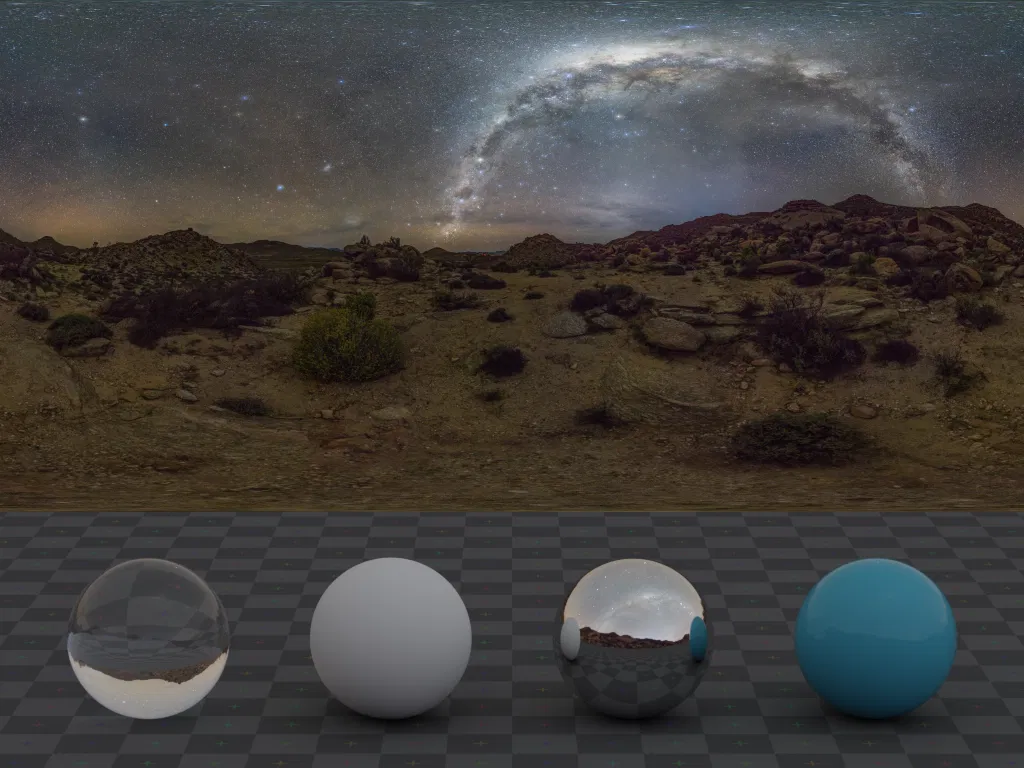

In September 2023, the Poly Haven team embarked on a journey to the arid desert near the West coast of South Africa – specifically to the Goegap Nature Reserve.
For a handful of weeks in the year, what is usually a dry and sandy landscape scarred by mining activity transforms into a floral paradise following the spring rains.
While we chose this location in the hopes that the sparse desert would be a unique but manageable scanning project, we couldn’t pass up the opportunity to try to capture what even local adventurers rarely get to see.
As luck would have it, we nailed the timing and saw the landscape covered in innumerable flowers.
Can’t read? Watch our new mini documentary about this trip instead! ⬆️
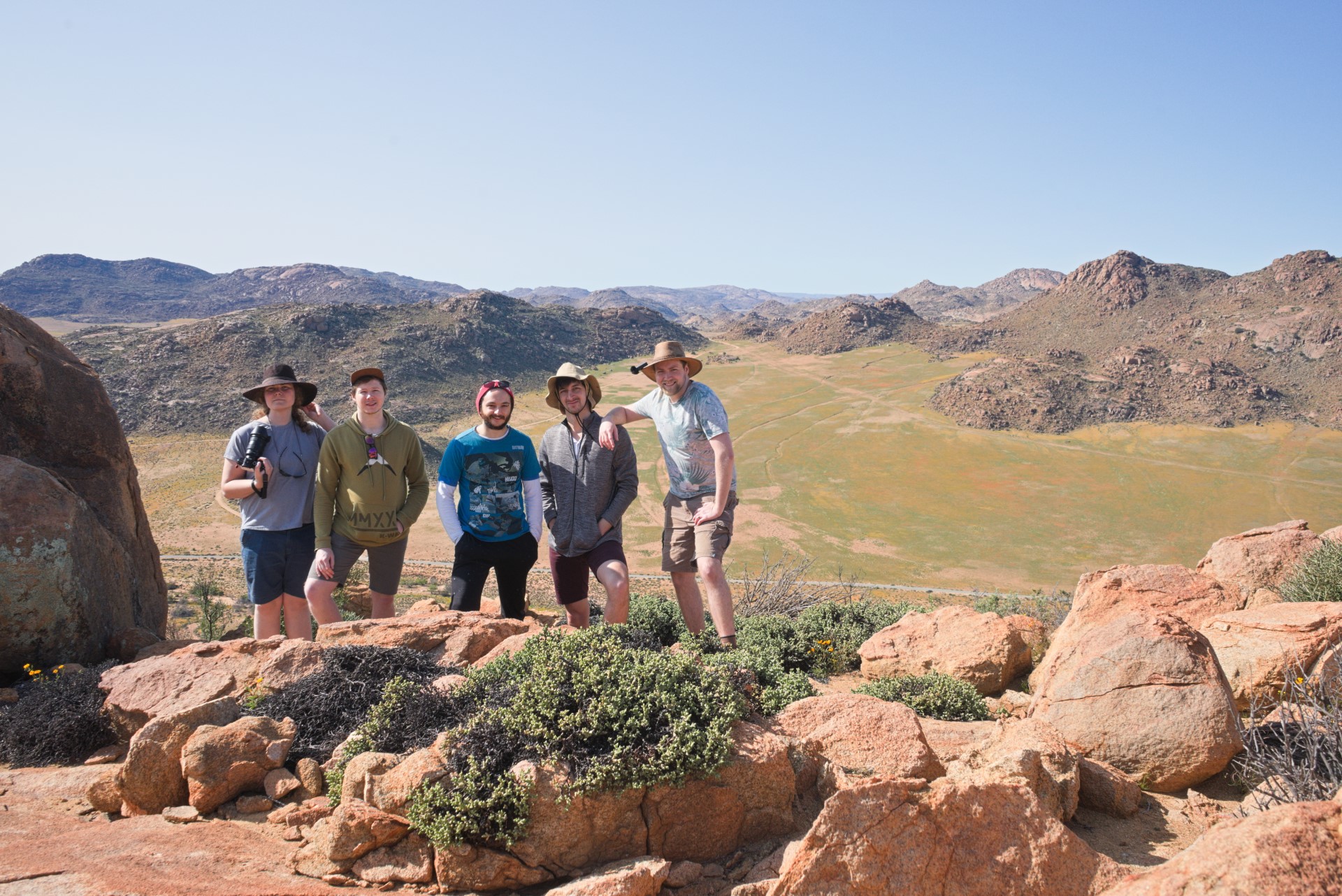
After surviving the 12-hour drive from Joburg and resting for the night, we kicked off the project with a scouting hike on the first morning to get the lay of the land and begin prioritizing what we needed to capture.
That evening, after a gorgeous sunset, we sat down and planned the rest of the week.
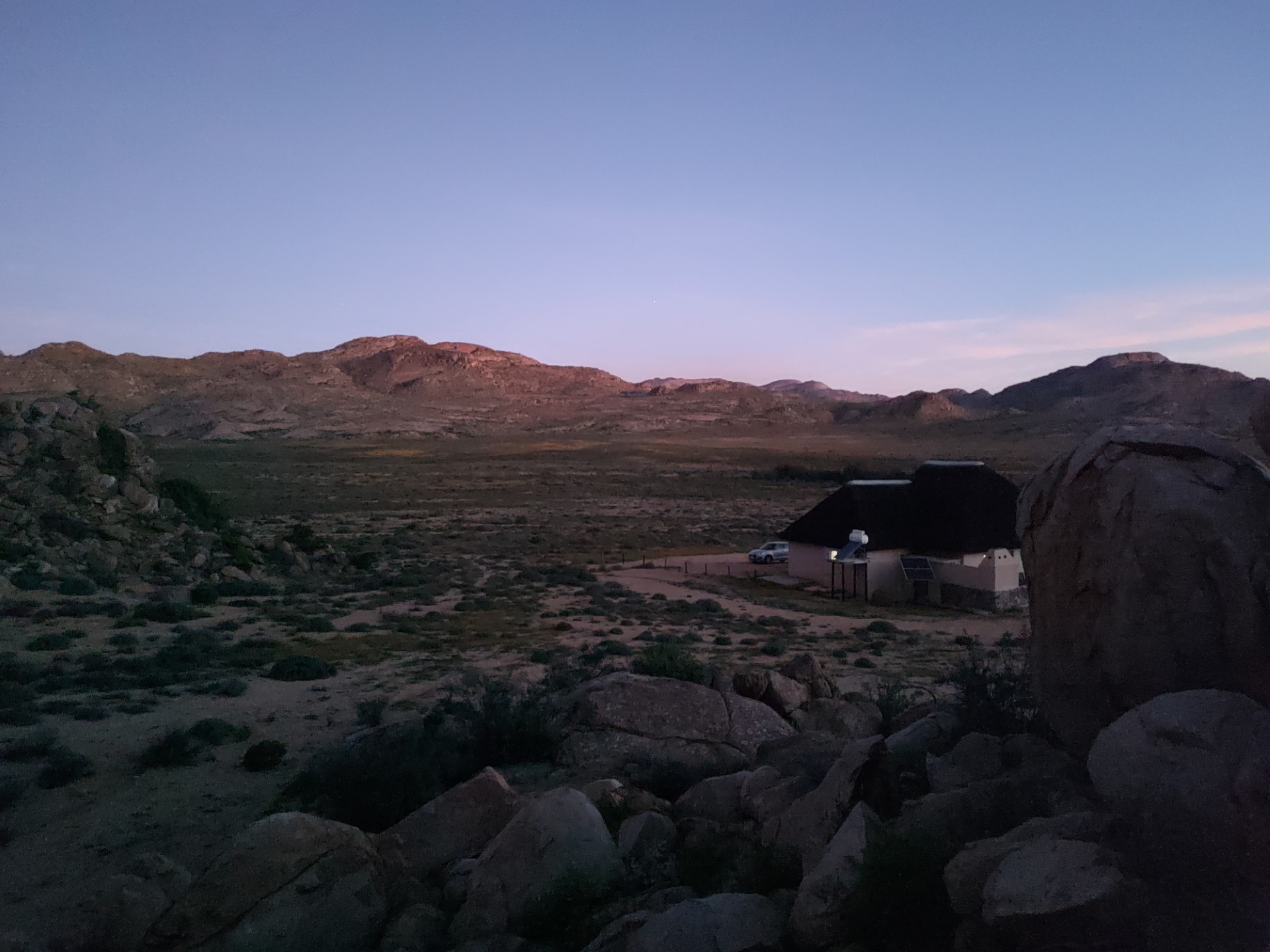
We were told that the lodgings were completely without electricity, so we came prepared with many spare batteries for all our cameras and flashes, power banks, a small solar-charged battery, and some adapters to charge devices using our 4×4 SUV as a generator.
In the end, though, our unit had a small solar system that provided just enough power to run the fridge and charge our camera gear. We still had to use this sparingly and try to charge as much as possible during the day.
While much of the photoscanning happened in the field (literally), we also brought many of the smaller rocks and other debris into a spare bathroom, where we had assembled a black velvet backdrop to scan against with a turntable.
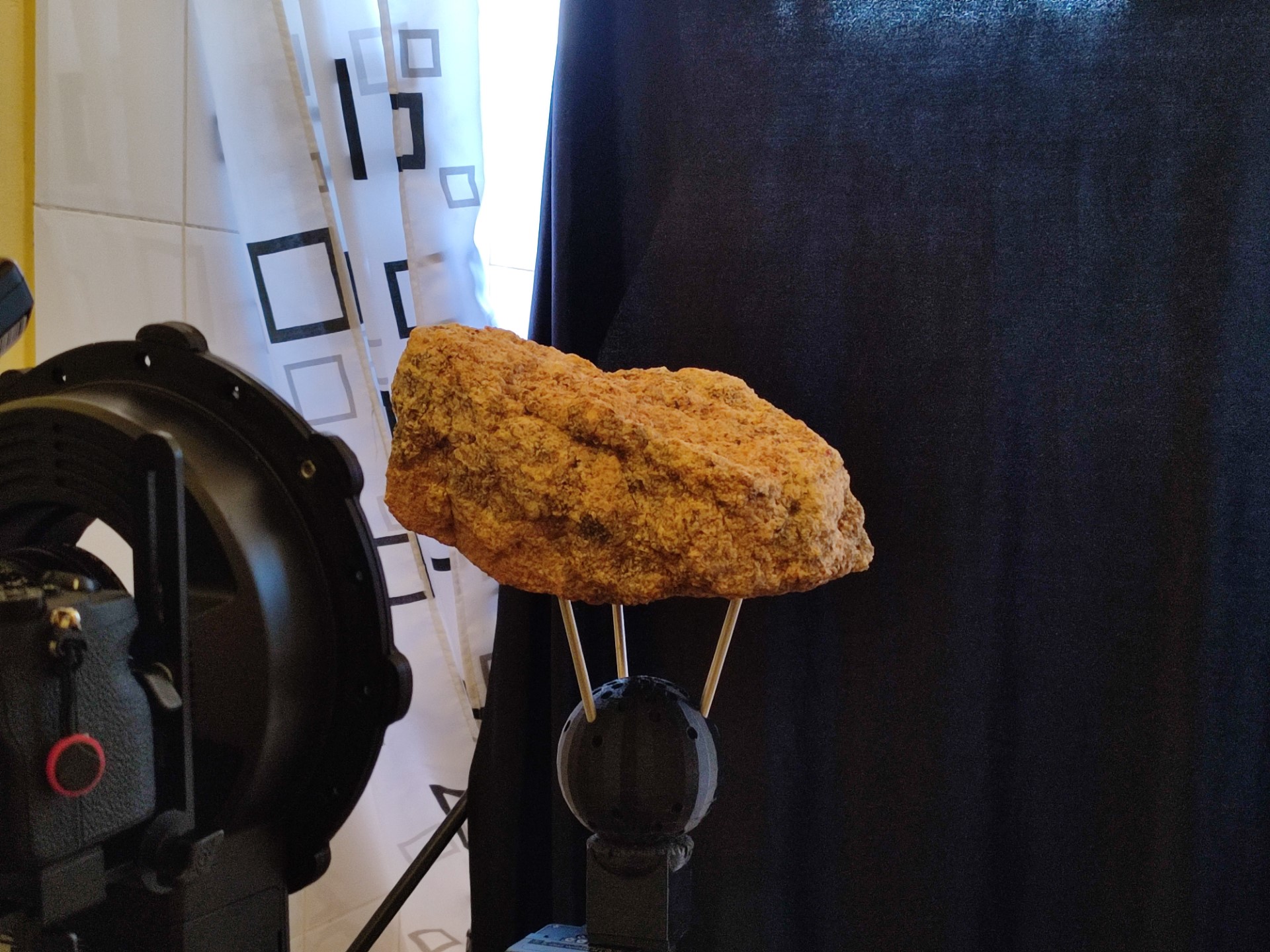

With the combination of a black velvet backdrop and a cross-polarized ring flash setup, we can scan objects “in the void,” producing very high-quality geometry and surface textures with minimal data preprocessing.
The ring flash setup, however, is not powerful enough to scan outdoors in direct sunlight, which, of course, is plentiful in the desert.
So, we also brought with us our Elinchrom ELB 500 rig, which is strong enough to overpower the sun and also significantly more ergonomic than our ring flash.

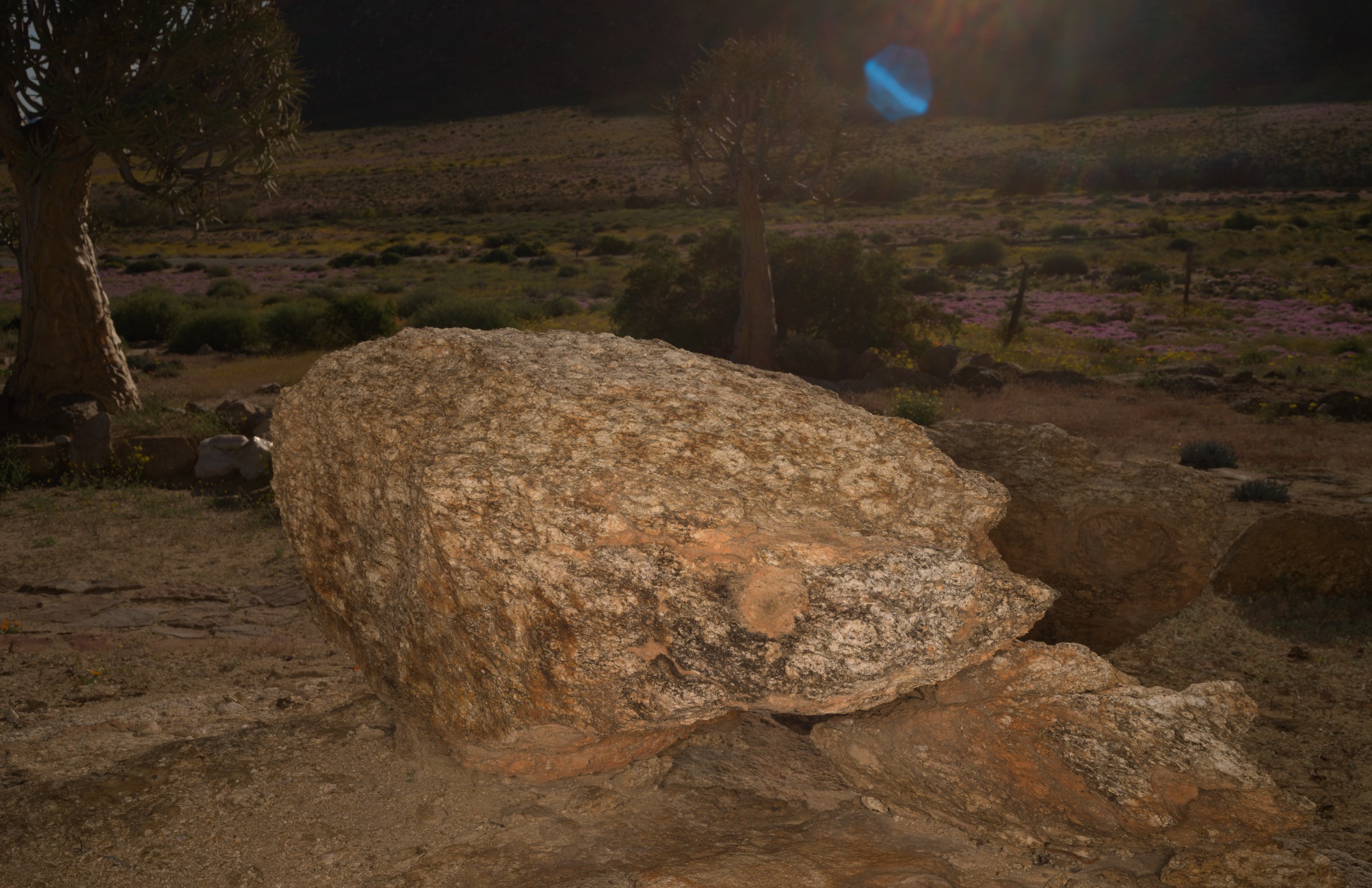
The final photogrammetry rig we utilized is a motorized single-axis gantry that, in combination with the ring flash, partially automates scanning a 2-3 meter wide area and removes some of the potential for human error.
While certainly not necessary, we wanted to test it out before our trip to #TheMoon, which couldn’t be scanned any other way and indeed proved invaluable.
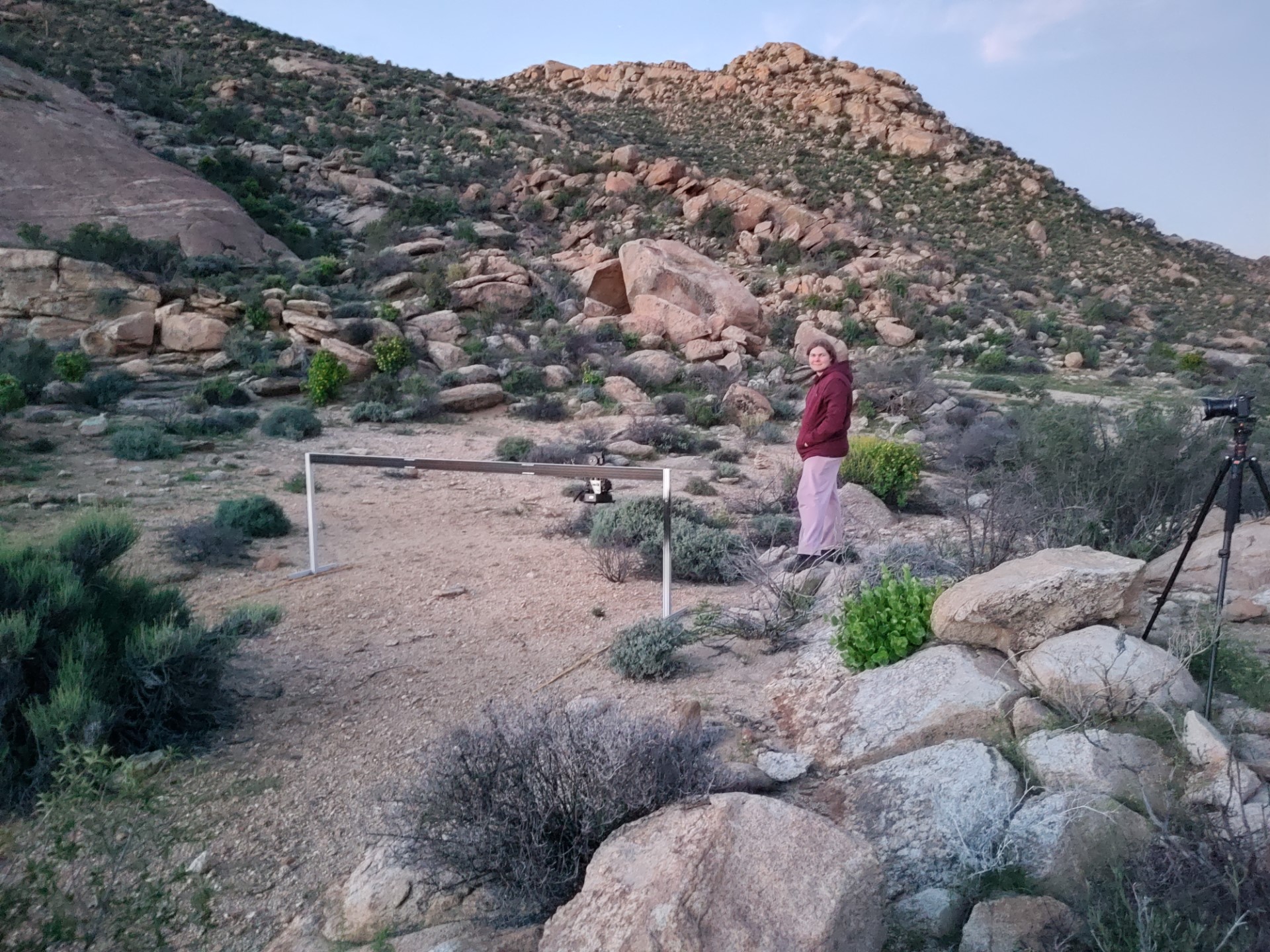
It’s no surprise to anyone that trying to scan plants with photogrammetry is usually futile…
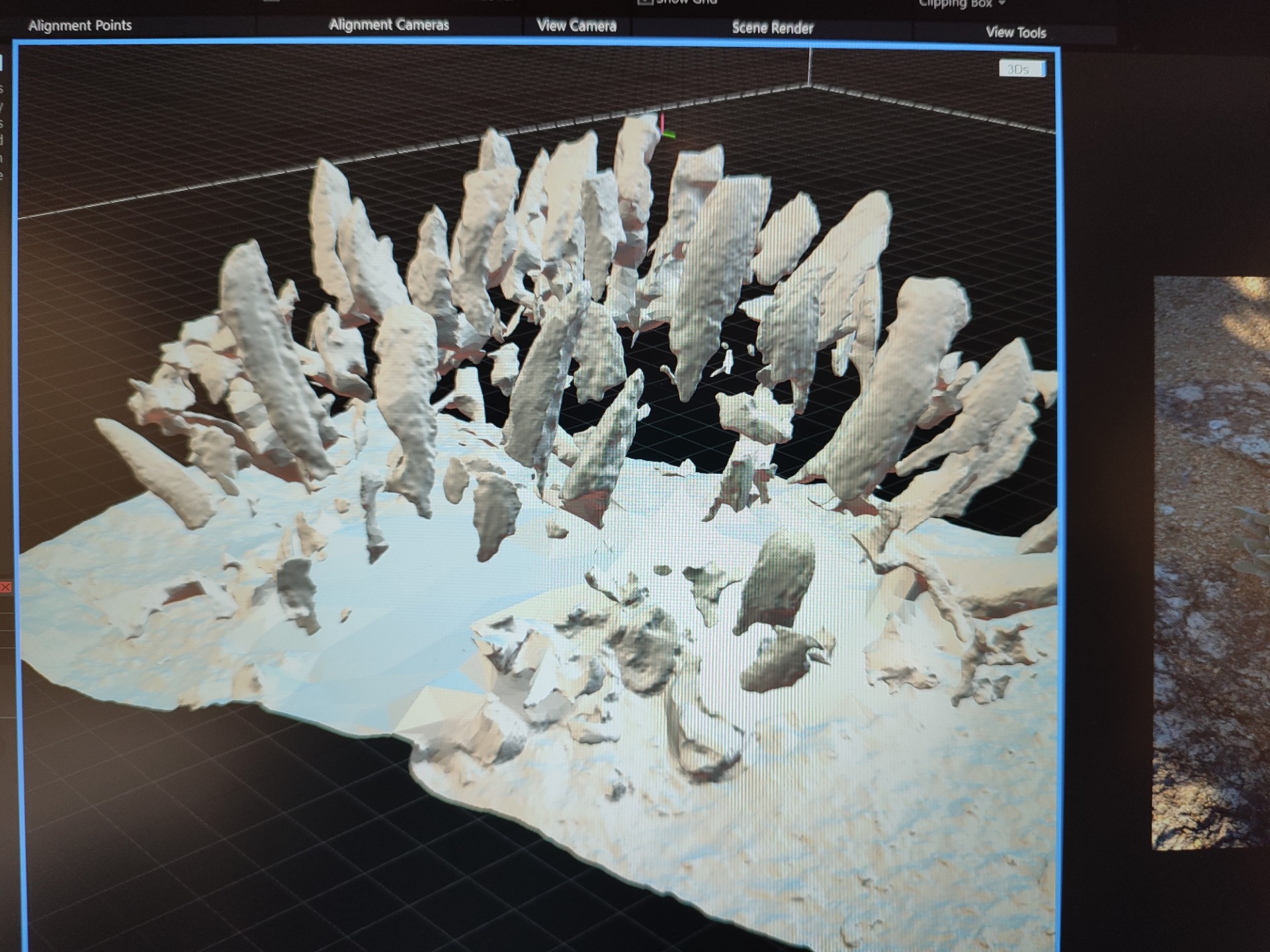
So, we also captured many photometric stereo scans from plant debris.

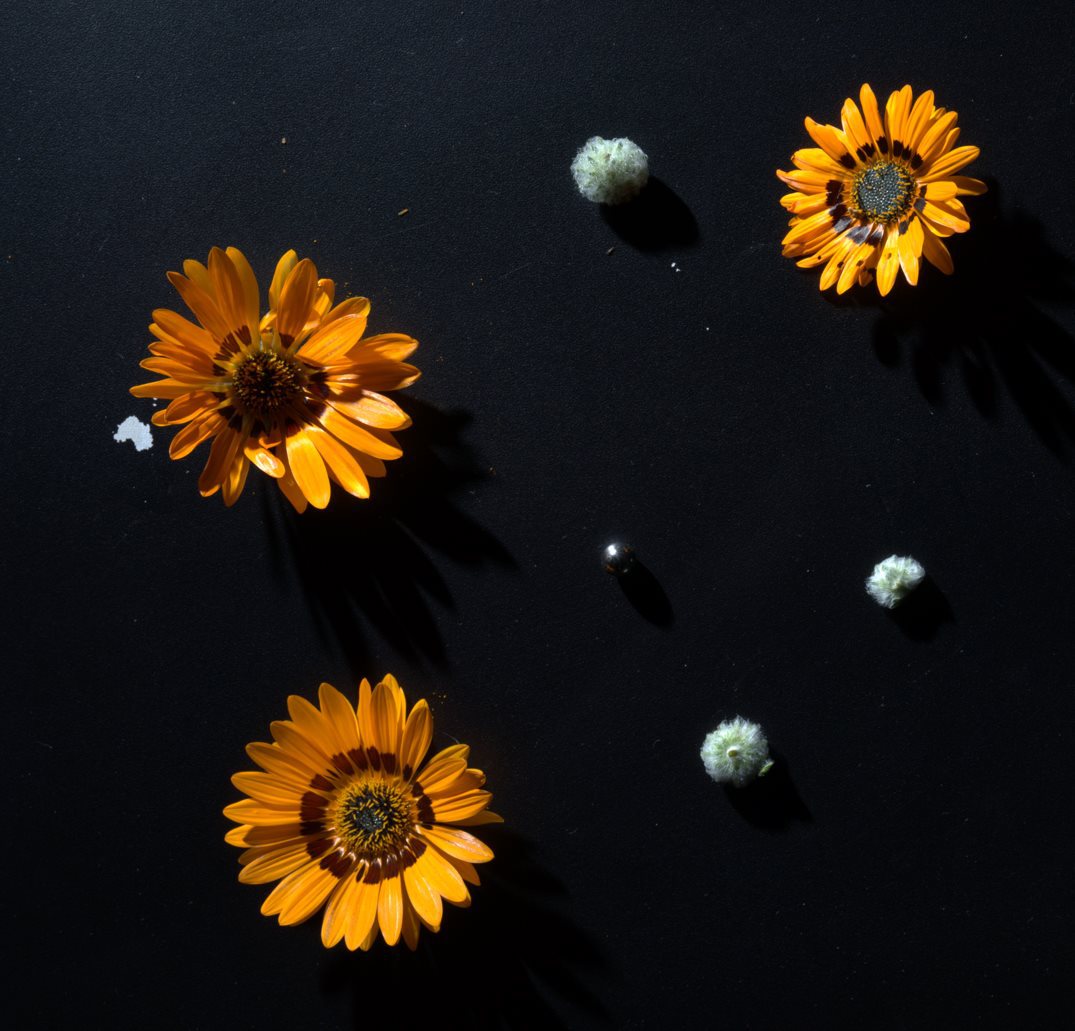
Most of the plant assets were then created dynamically with Blender’s geometry nodes, using a combination of various scan data, references, and many months of hard work.

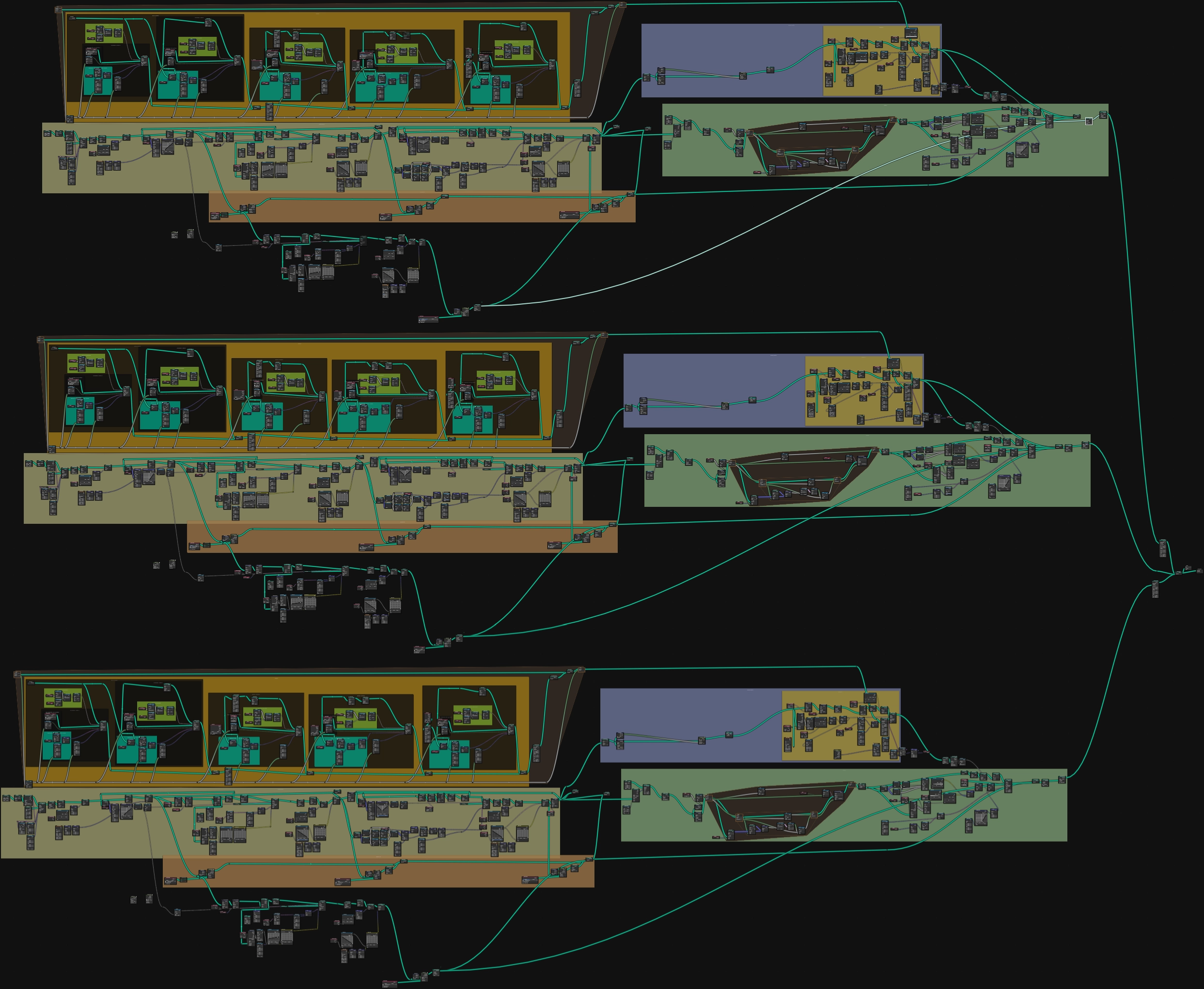
All in all, we’re very proud of what we’ve achieved here and the scope of assets that we managed to capture and reproduce. We’re happy to share a small slice of our home country with you, and hope that you make something beautiful with our work 🙂
We learned a lot in the process, both about scanning in the field, how to better prepare next time, and how to process the data and build the assets more efficiently.
It may yet be some time before we take on another nature biome project, knowing how much work this has been and how the next one is likely to be even more ambitious. But in the meantime, we have a number of other projects cooking, so stay tuned to this blog and join our Discord to come along on our journey with us.
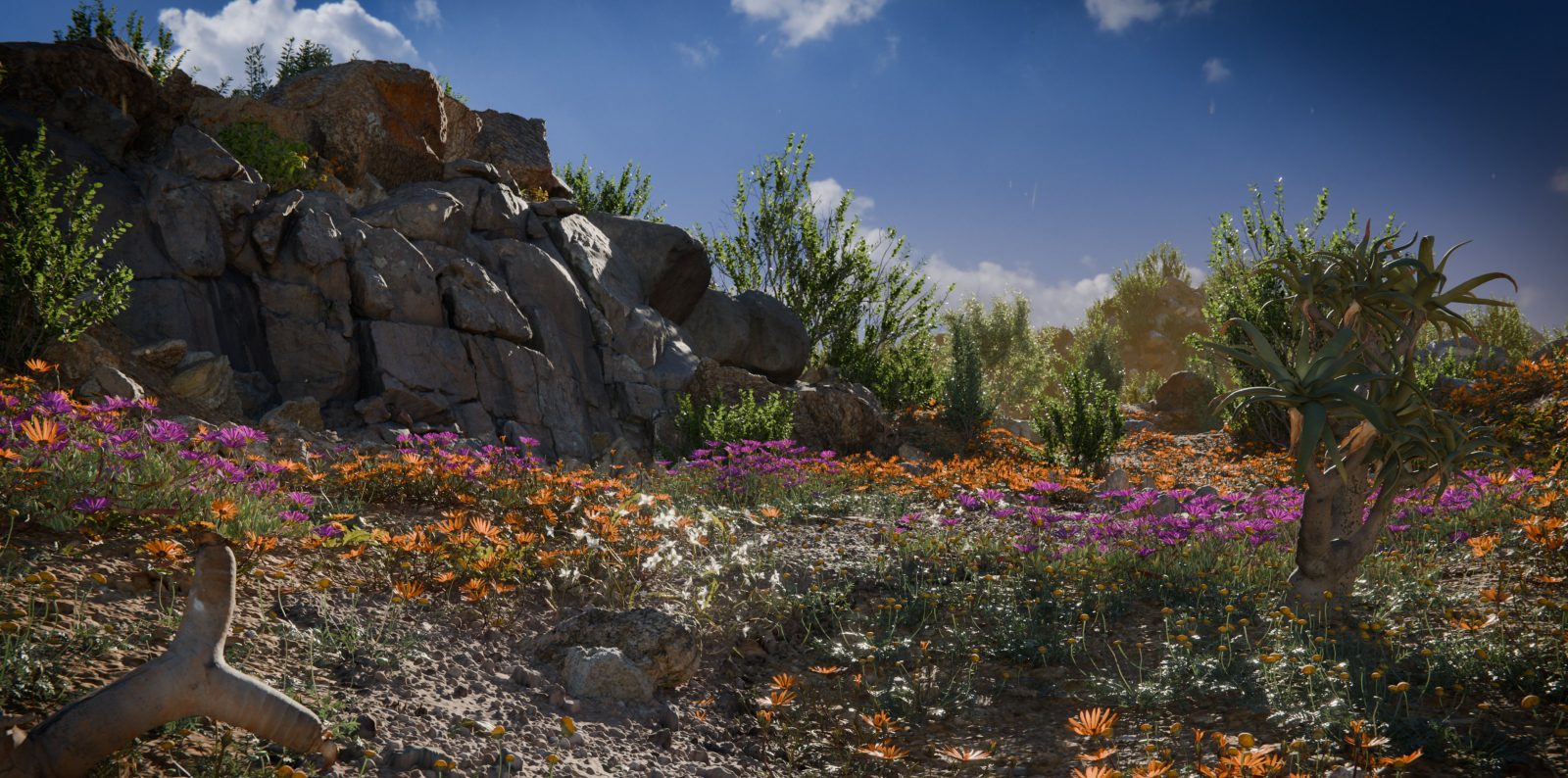
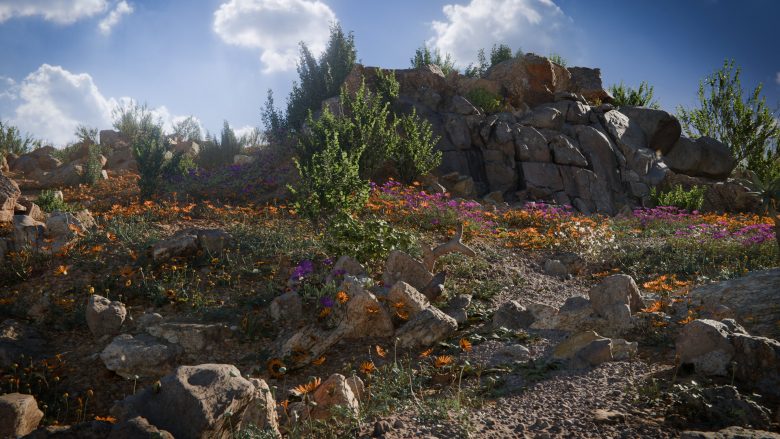
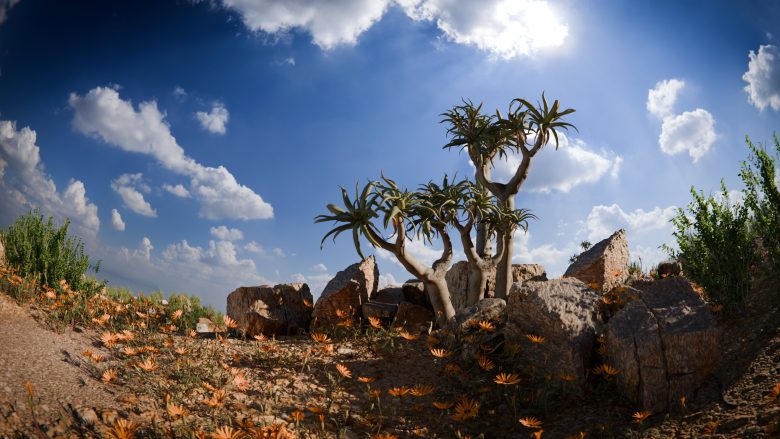
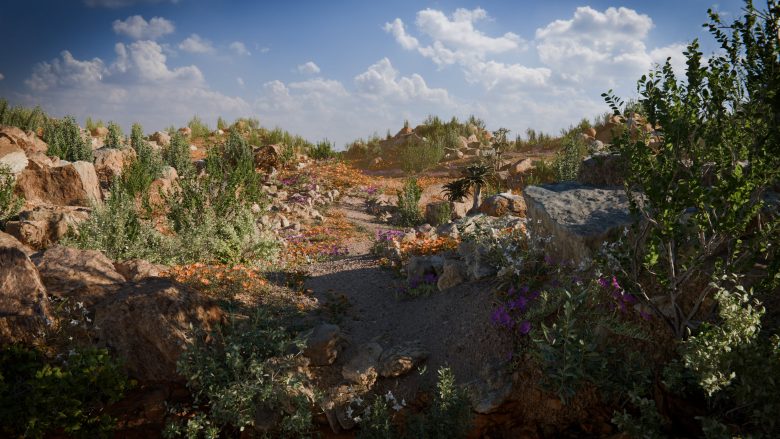
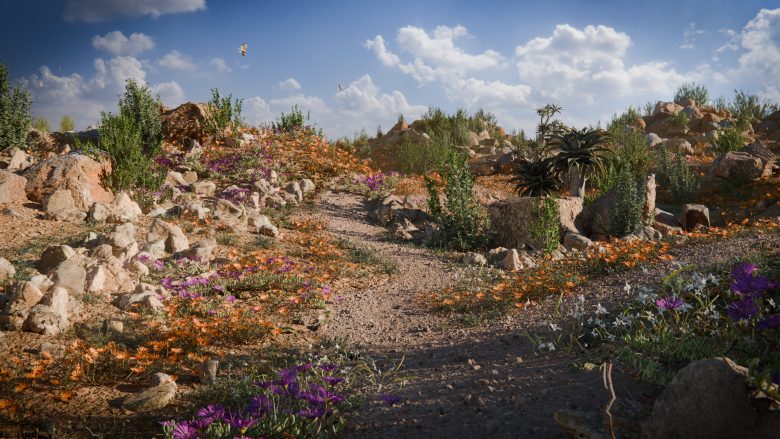

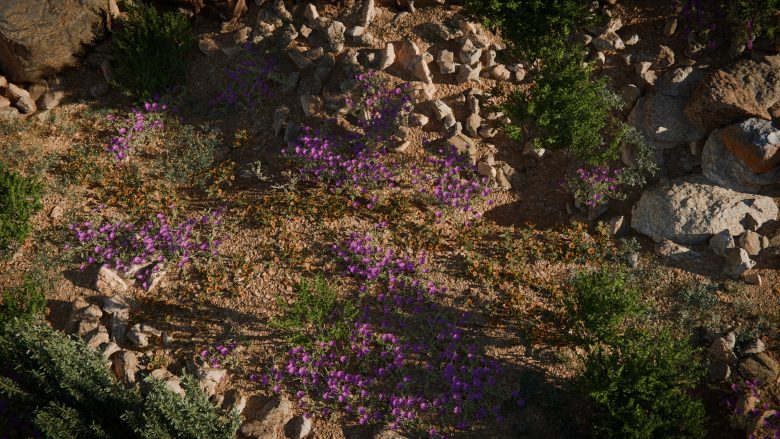

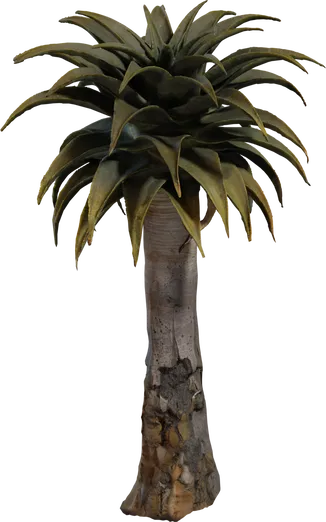
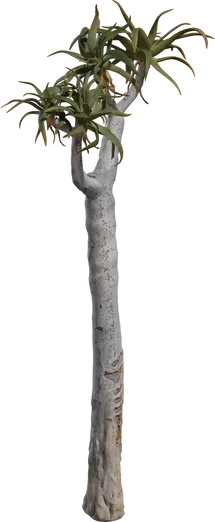
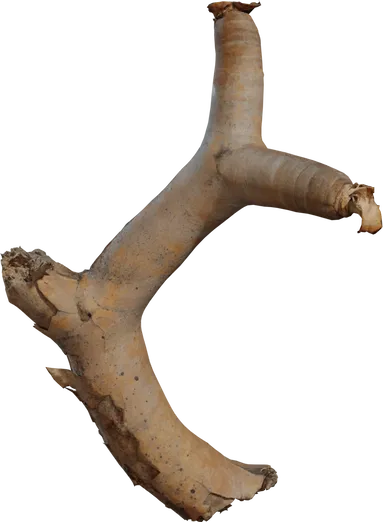
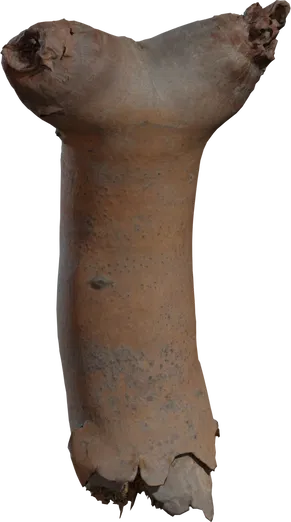





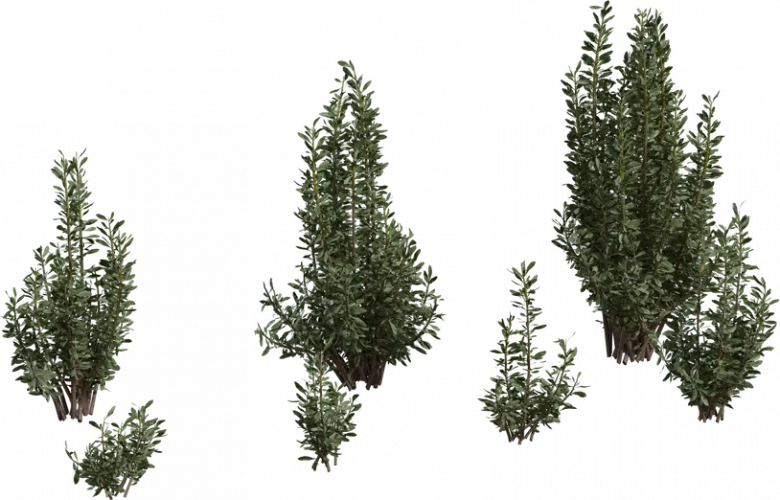
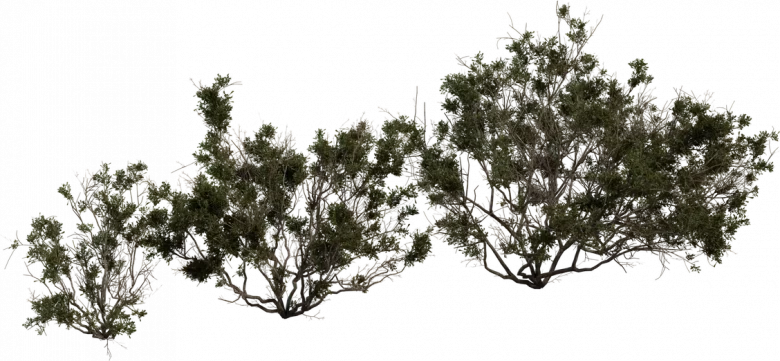
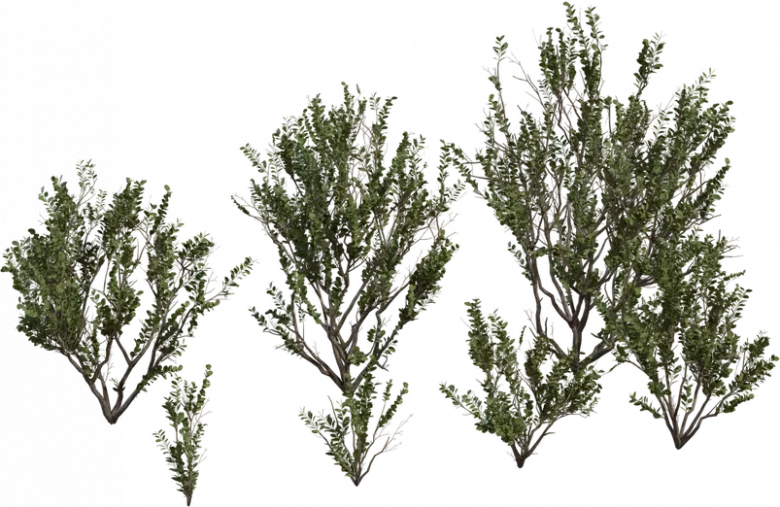
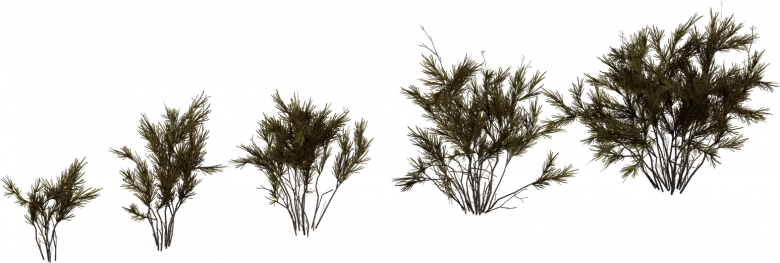




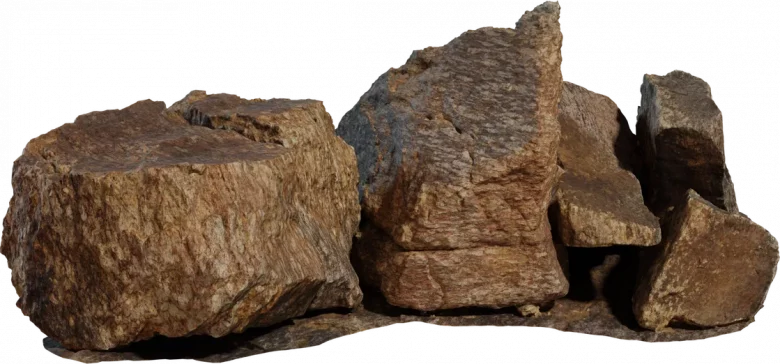
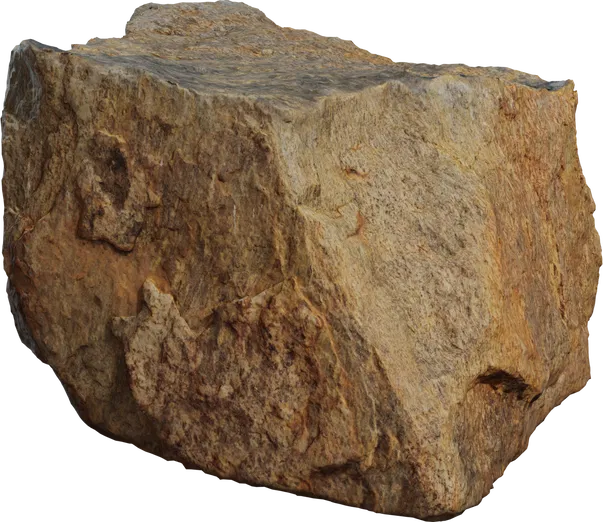
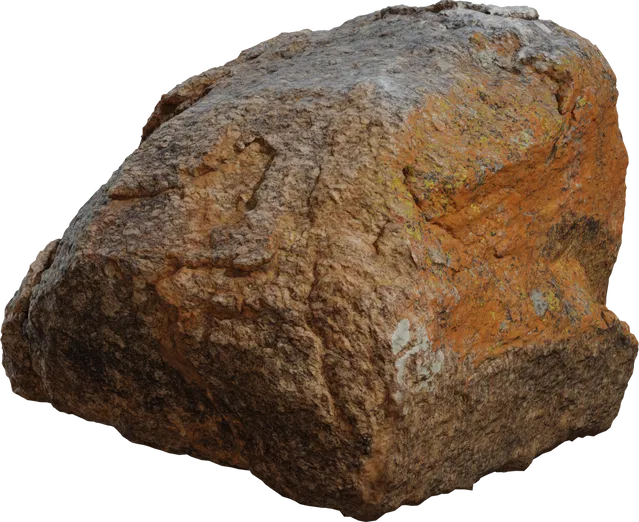
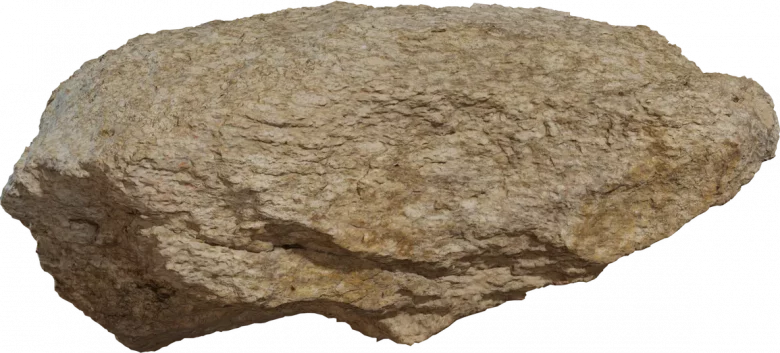
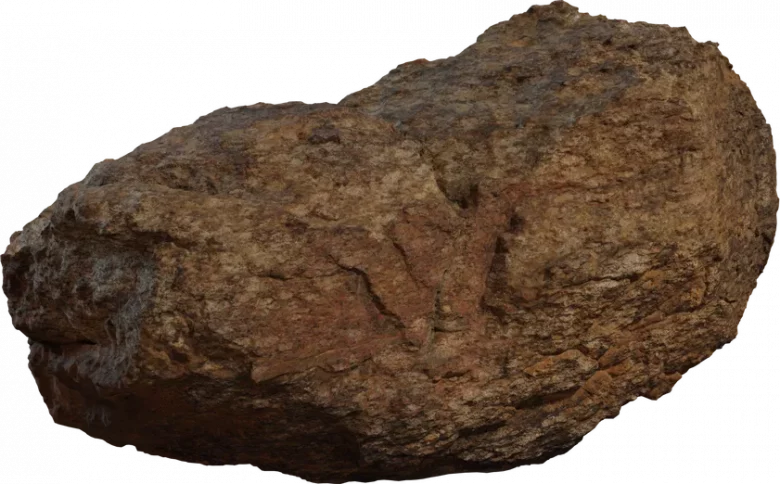
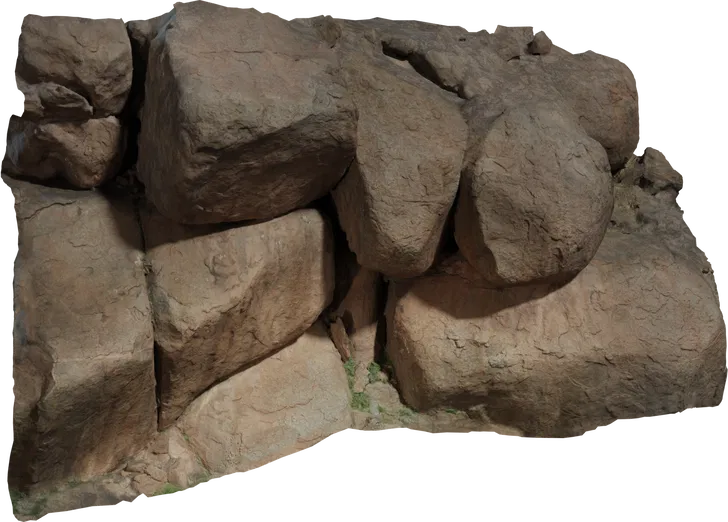
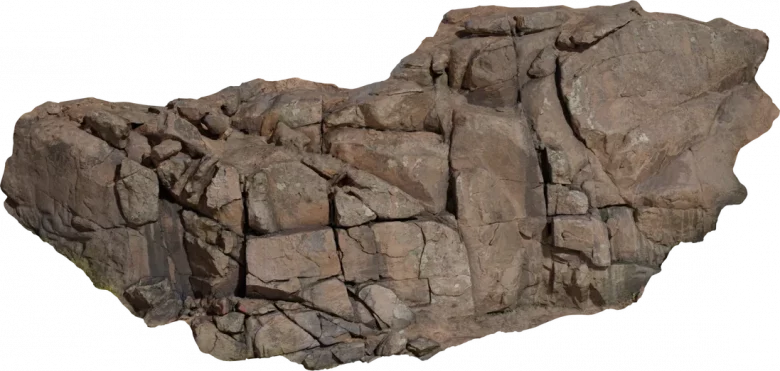
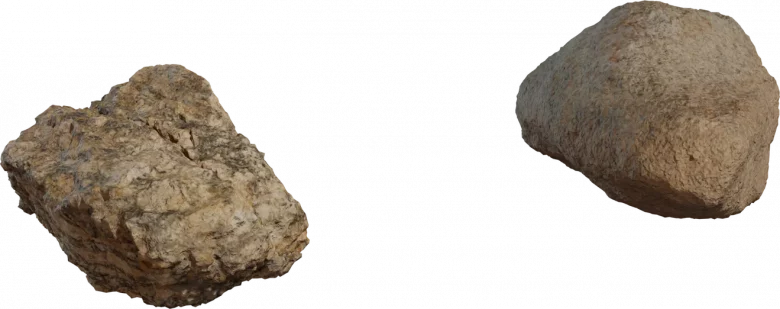
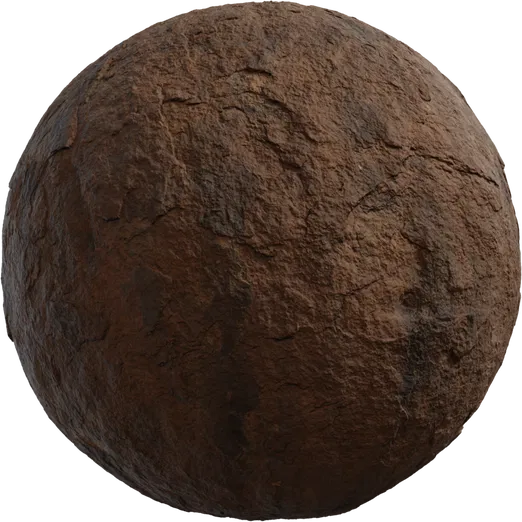
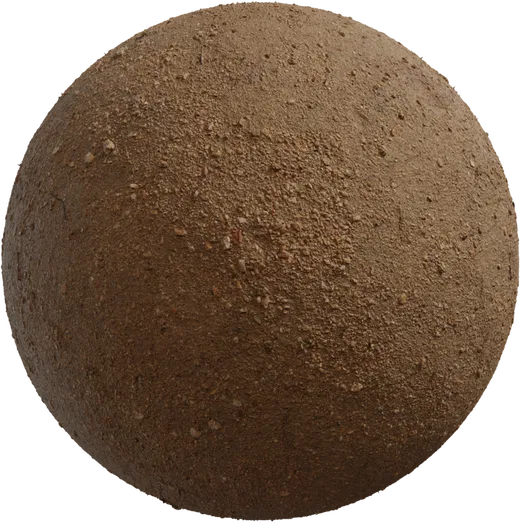


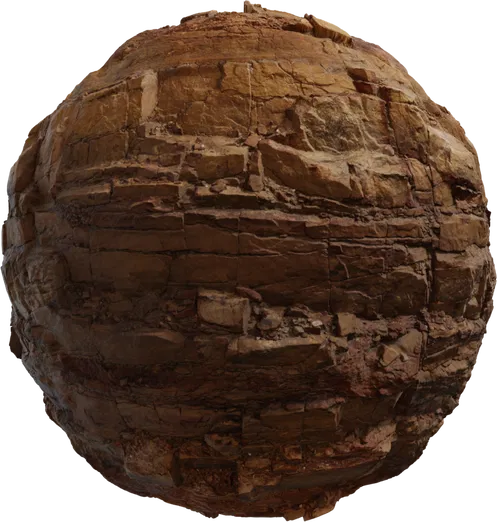
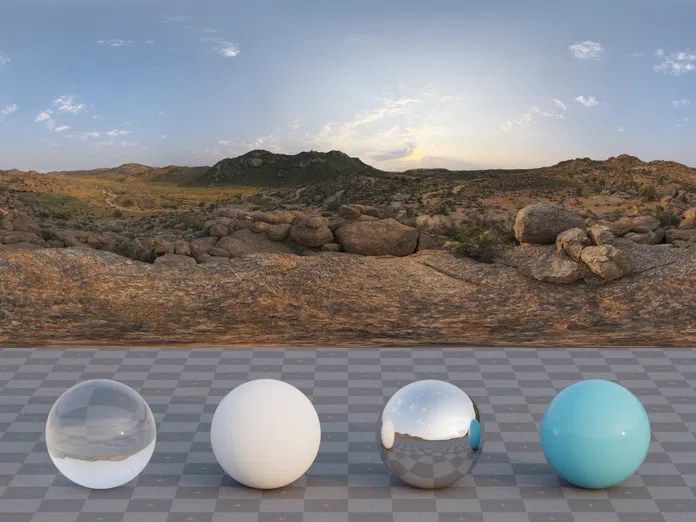
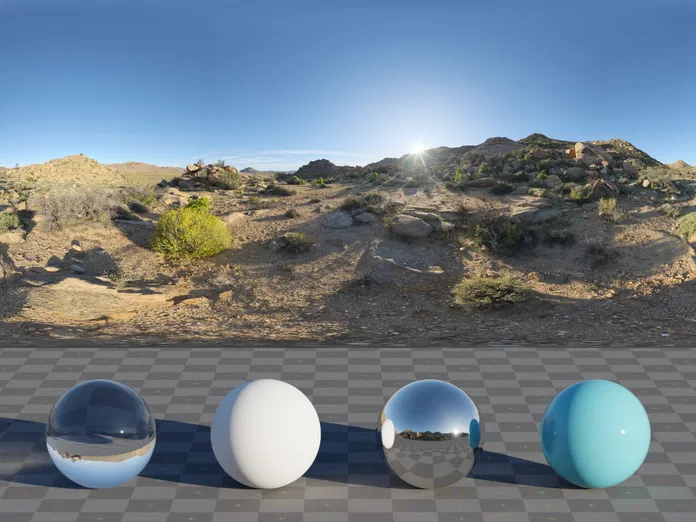
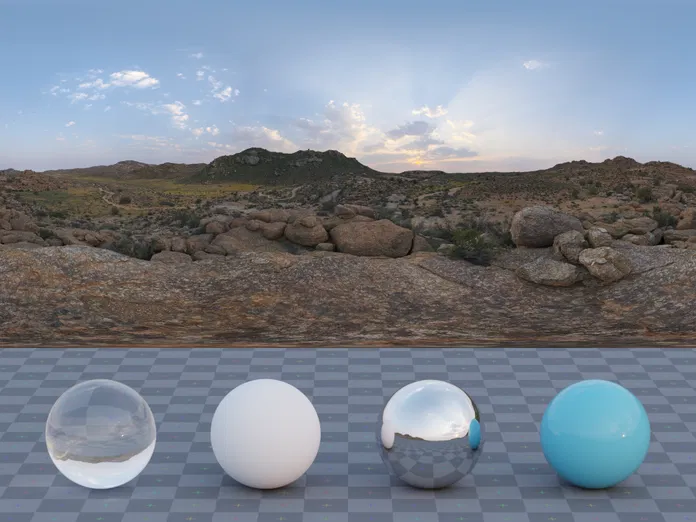
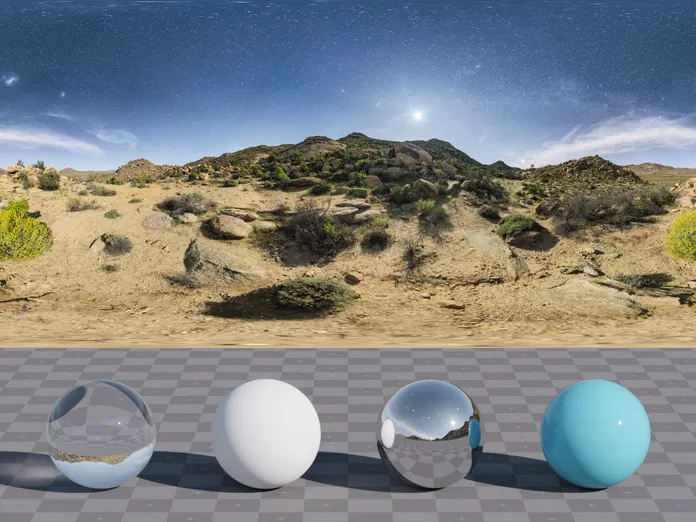
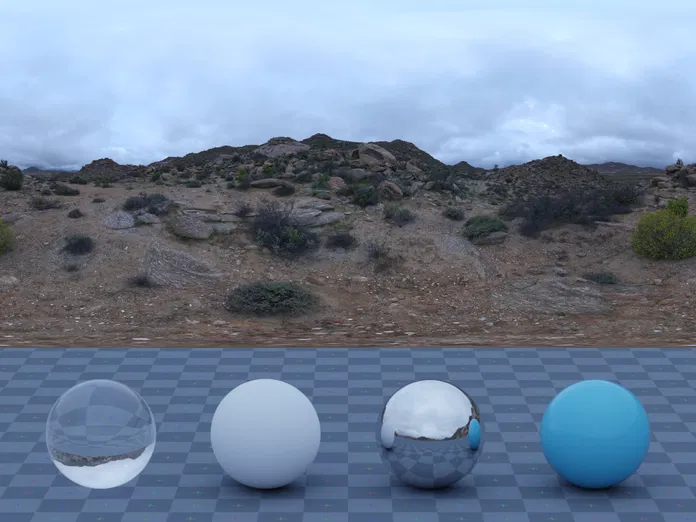
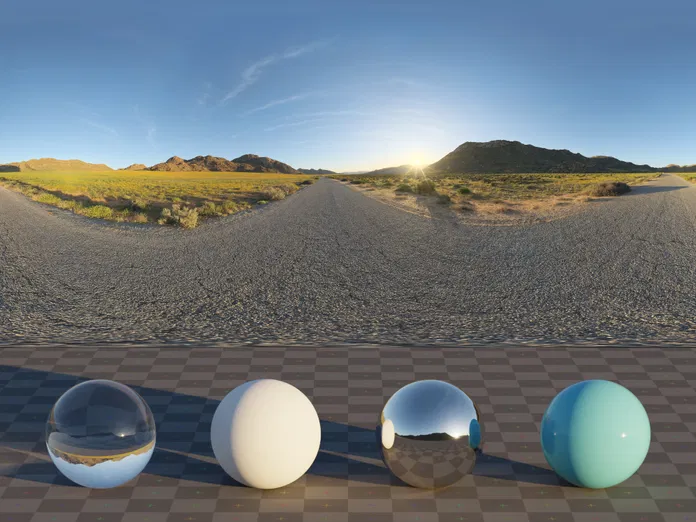
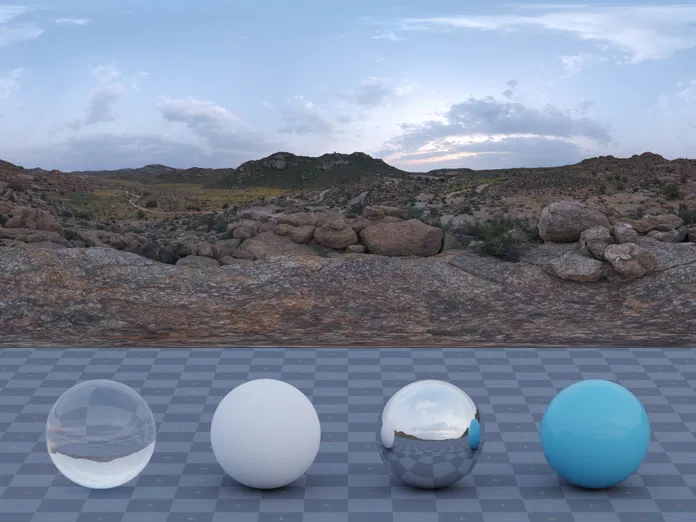
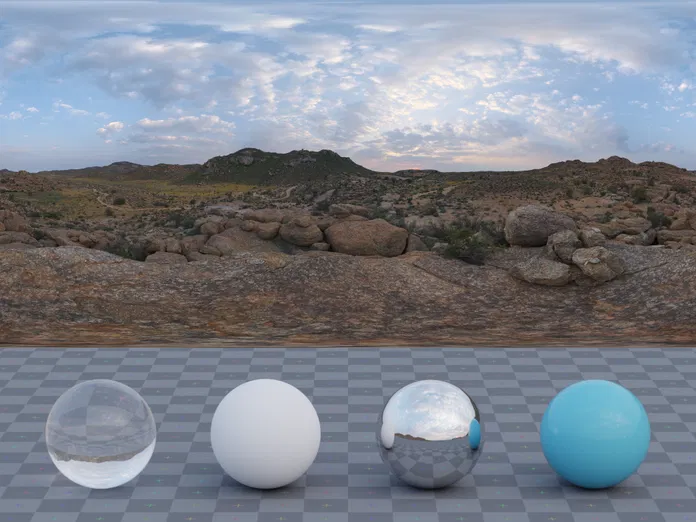
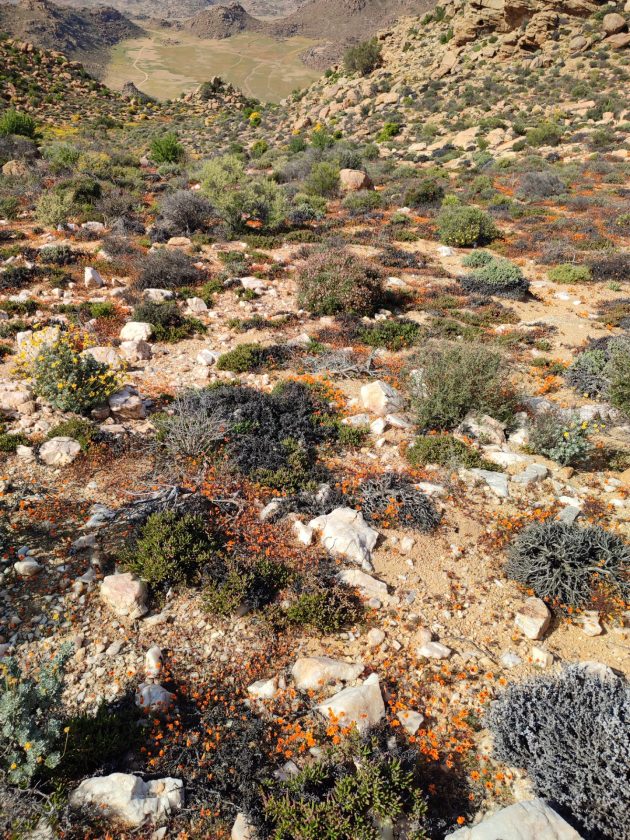

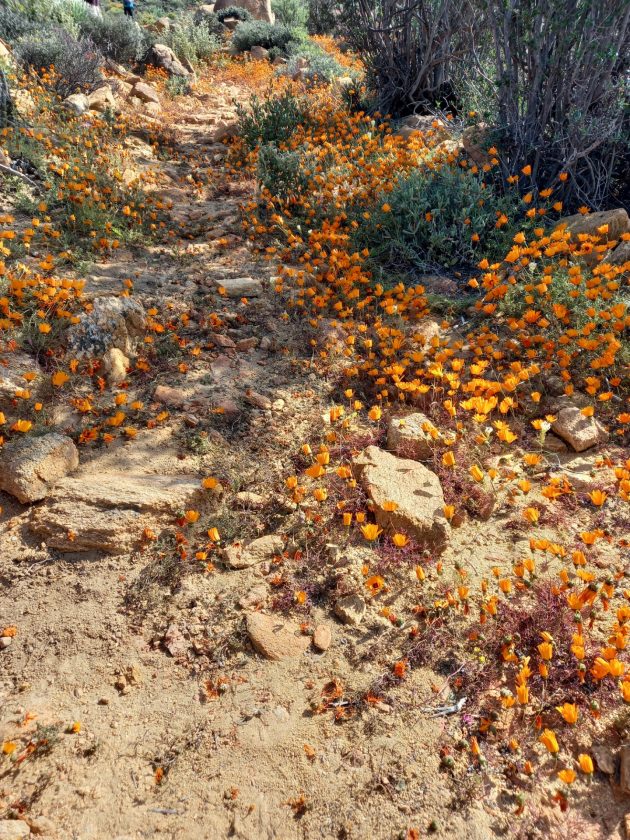
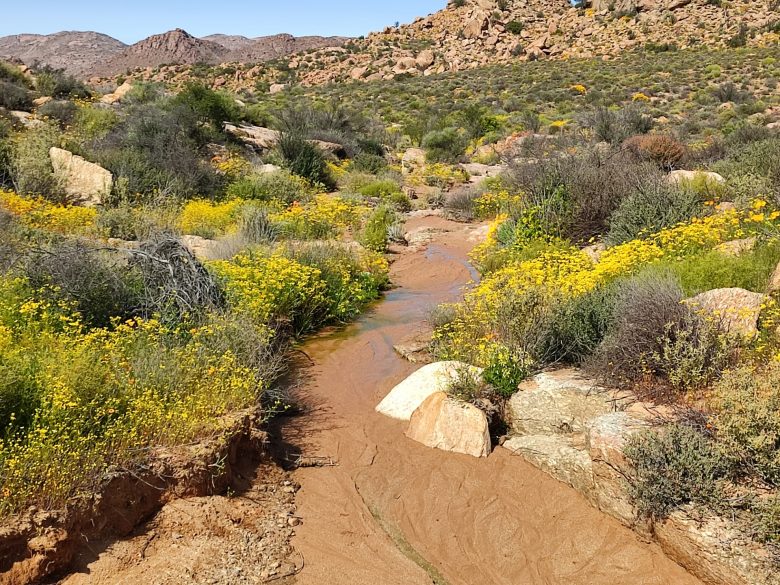
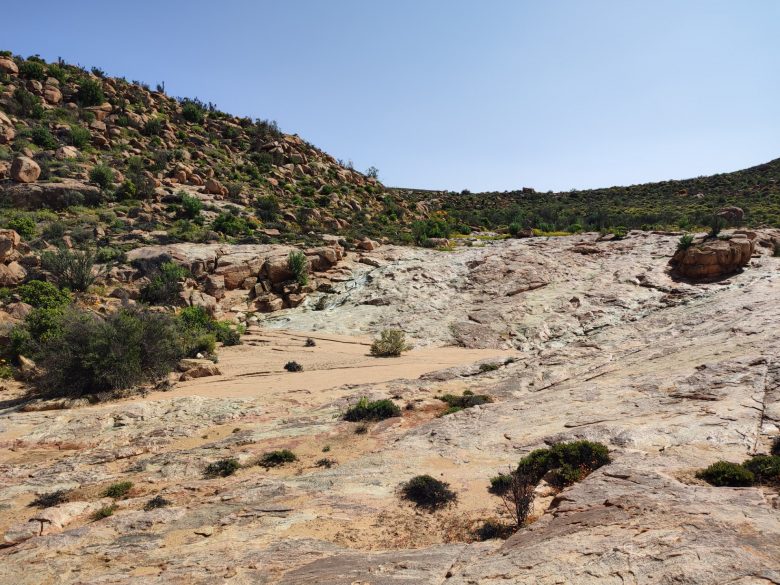
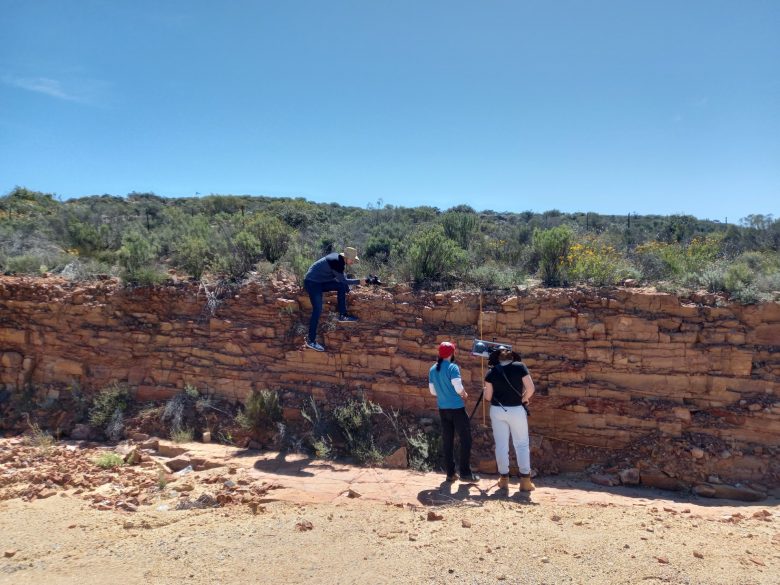
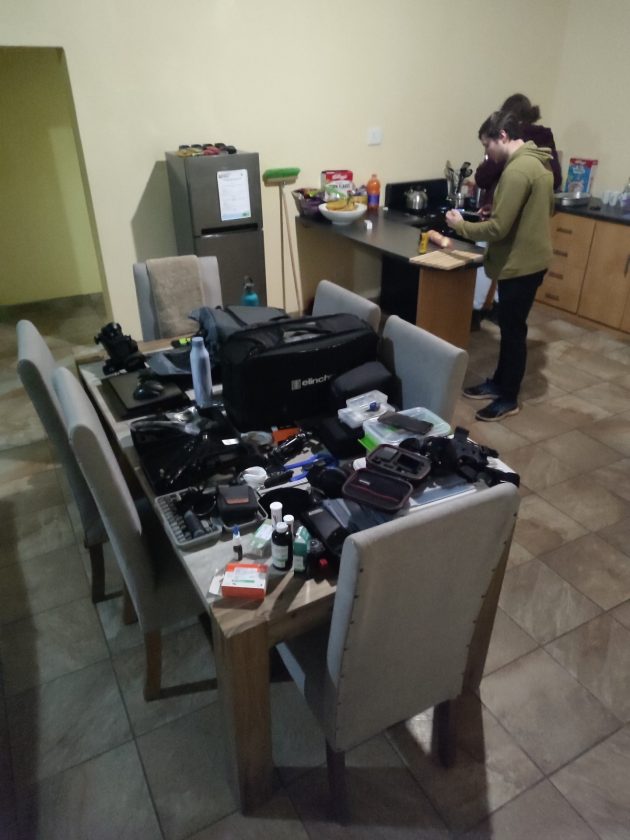

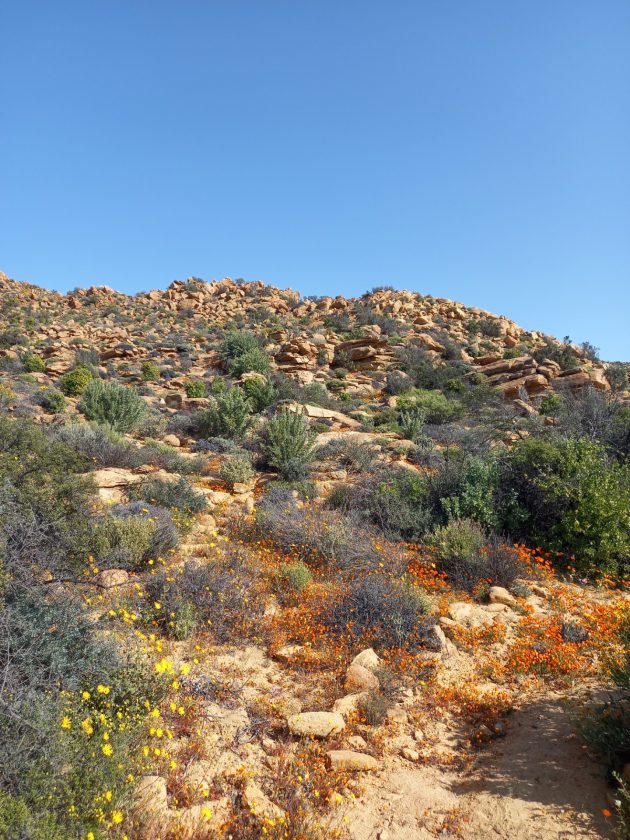
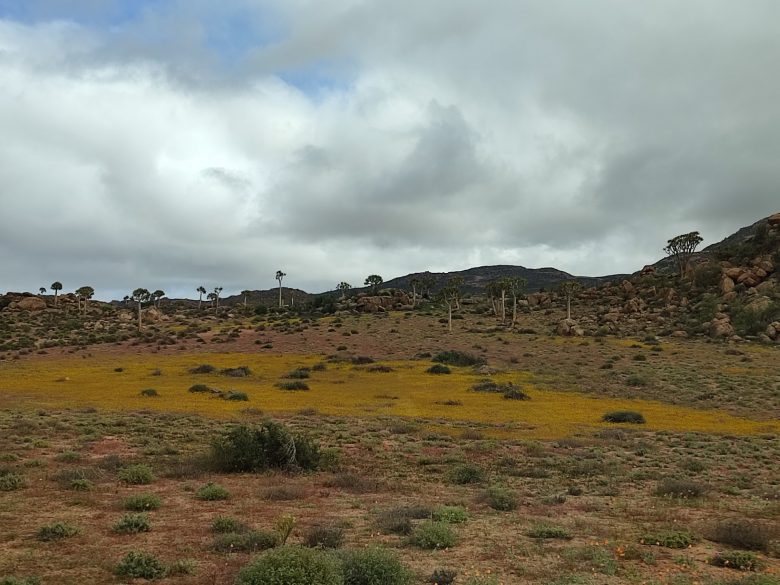
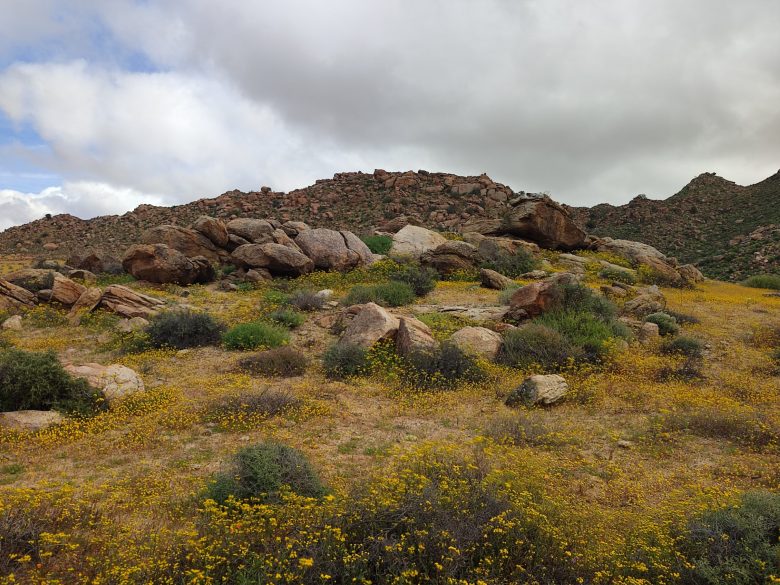


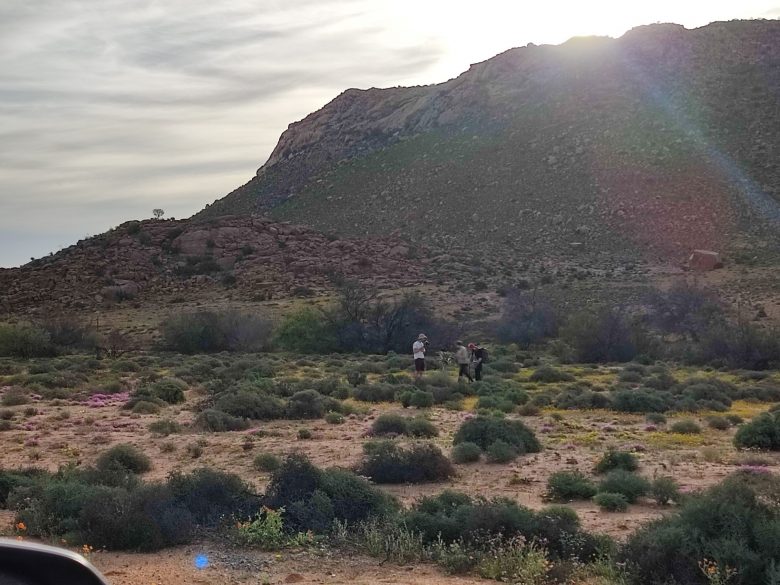
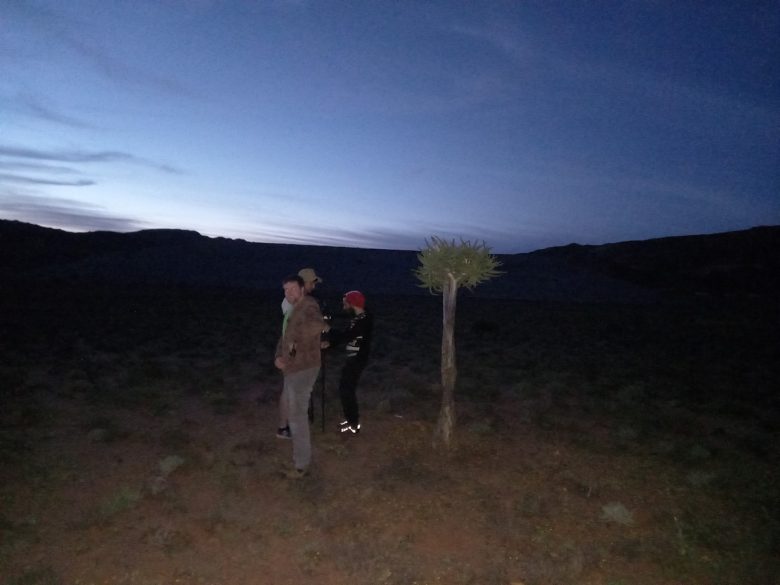


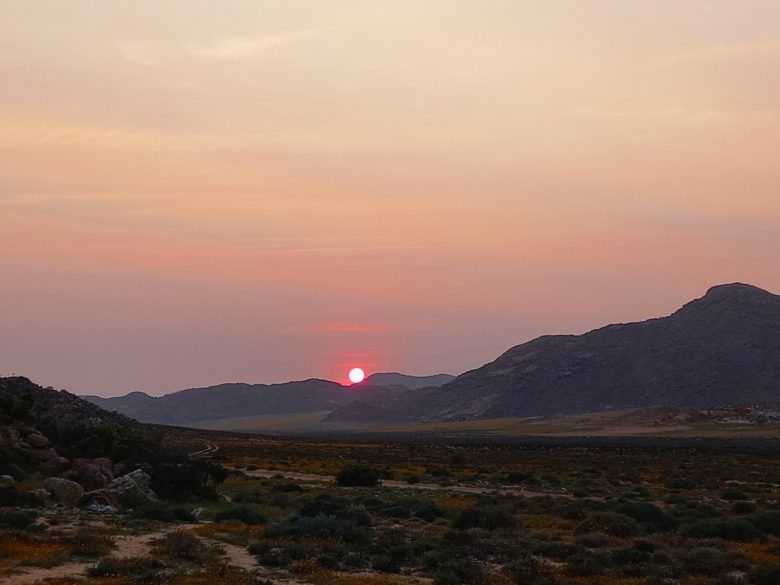
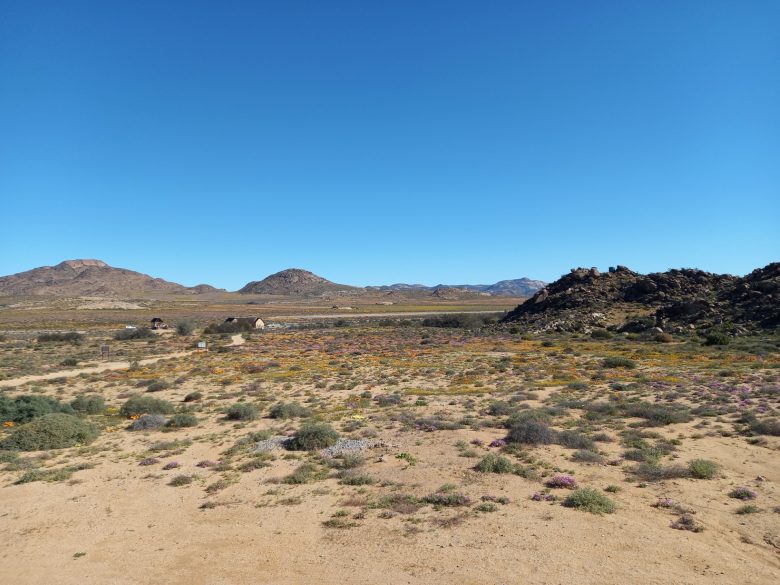
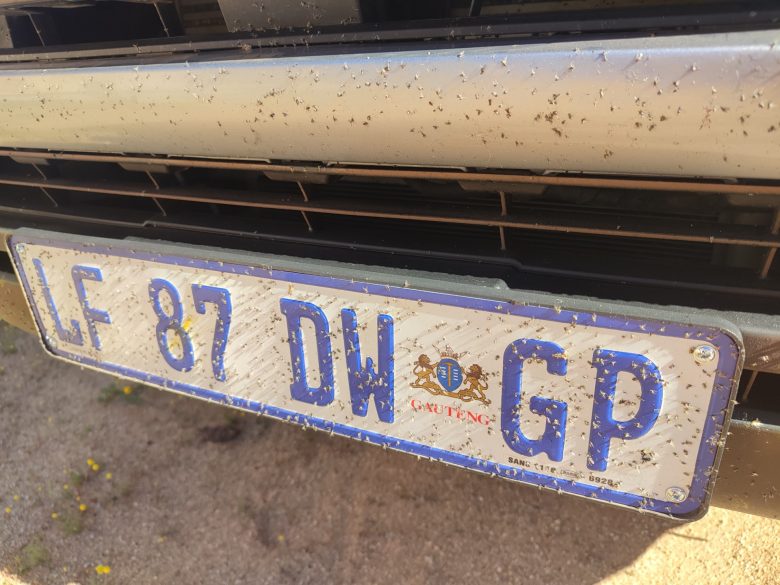

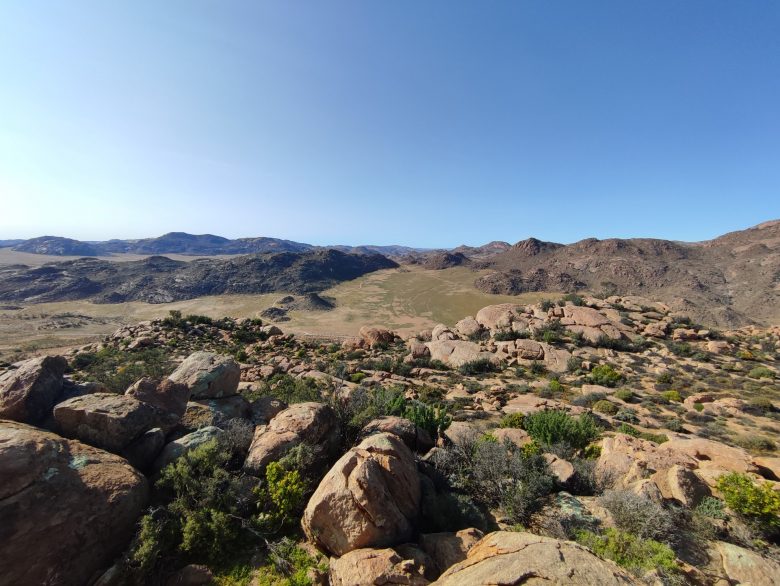
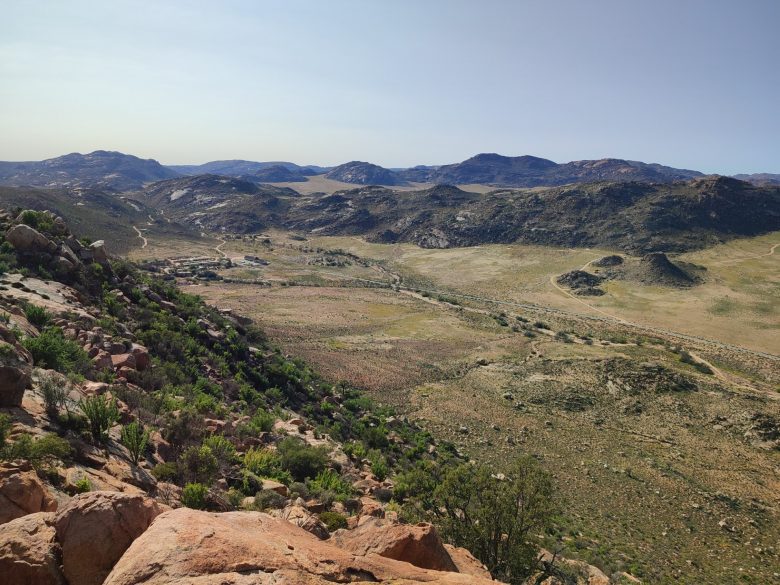
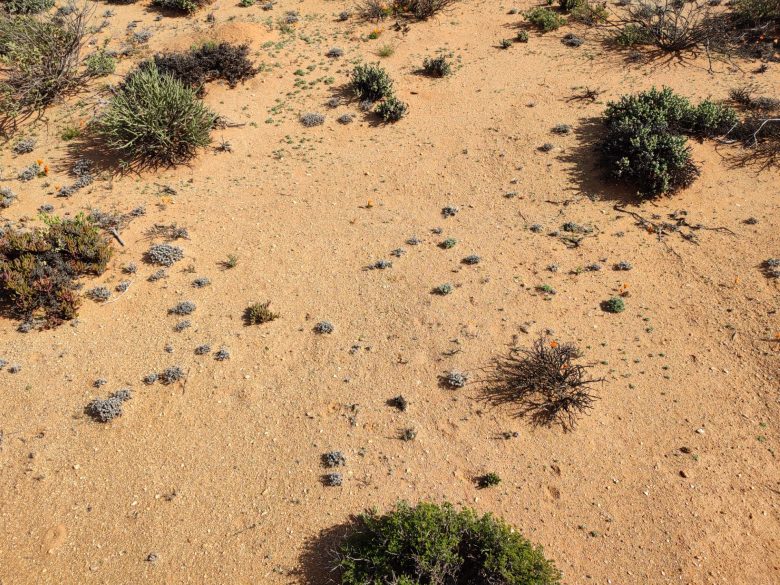

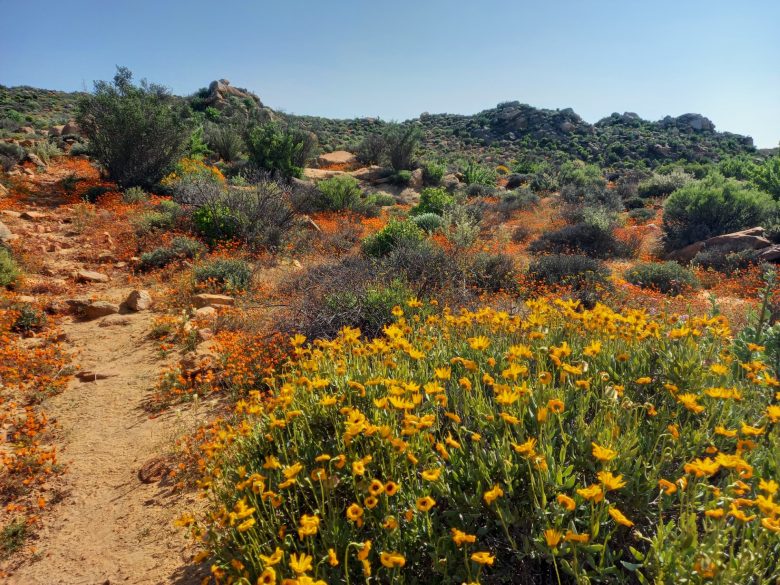
What a wonderful surprise to have found your blog popping up on my screen. And what a spectacularly well-crafted and meticulously written piece with the accompanying images. So impressive.
I’m a multilingual tour guide and was up in Namaqualand with a group of Italians at around the same time. I fell in love with the Northern Cape and on a different tour, also with an Italian group to the Eastern Cape, I spoke to them about Namaqualand and am hoping to be able to show them that wonderful part of our country. I loved seeing your geological specimens too. Still so impressed. Photography is one of my biggest passions, albeit with using a simple camera with a very powerful zoom. As a guide, I need to capture images very quickly as I’m working and often take photographs of subjects that my guests would ignore. All I can say, is I have immensely enjoyed the perfection of your blog.
I downloaded it, everything looks beautiful, but when you open the file, everything turns purple version 4.2
This is Pretty, Beautiful, There’s assets is really helpful for my project, thanks for sharing assets, have a nice day
Absolutely beautiful!
Very great work! the post is very inspiring to me, your work is so interesting.
i try to open it in blender project dont open please help me out
The scene was made in Blender 4.2 (the currently latest version), make sure you’re opening it with that 🙂
The photod look incredible, I can’t wait to get my hands on these assets and start creating a few desert scenes. Thank uou all for such wonderful work.
Thank you for sharing the assets and the adventure you experienced in obtaining them.
The pictures of where you were and how you made brought everything together is inspiring and interesting. For those of us in the early stages of our Blender journey, it is wonderful to see what is involved to produce such detailed products.
This is amazing! Thanks for sharing, it’s inspired me to do more scans myself
hi, I was trying to download this image, but how can I get it as a HDRI format for my closest 3d software
You can download any of the assets here: https://polyhaven.com/collections/namaqualand
If you change the download format from EXR to HDR (next to the download button), you might find it’s more compatible with your software.
Truly lovely work, and looks like an awesome area too!
Busy downloading your models…. :o)
Thanks
Phil
The scene is not only stunning, but also very well put together. Good job and thanks for sharing! I’m looking forward to using these assets in my future projects. (Keep your eyes peeled, I discovered one monster of an Easter egg while exploring the scene!)
It is wonderful, very much loved it!
I am trying to integrate it into my BabylonJS-based web application. I’m still a newbie both for Blender and BabylonJS. Is it possible to get gltf/glb scene similar to the one you showed at the beginning video?
Thank you!
Thats Really Osam.
Guys I can’t recognize this images…..